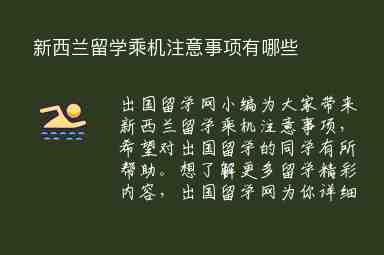一:count是什么意思?用法、例句的意思:
Count是一个英语动词,意为“计算”,“数数”,也可以作为名词使用,表示“数量”或“总数”。在日常生活中,count经常被用来指代对事物的数量进行计算或统计。
二:怎么读(音标):
count的音标为 /kaʊnt/。
三:用法:
1. 作为动词时,count通常用于以下几种情况:
a. 表示对事物的数量进行计算或统计。
例:I counted the number of books on the shelf.(我数了一下书架上的书的数量。)
b. 表示某事物具有重要性或价值。
例:Every vote counts in an election.(每一张选票都在中起着重要作用。)
c. 表示某事物被视为某种状态或属性。
例:The doctor counted her among the lucky ones who survived the accident.(医生将她列入幸存者之列。)
2. 作为名词时,count通常指代数量或总数。
例:What is the total count of students in this school?(这所学校的学生总数是多少?)
四:例句1-5句且中英对照:
1. I can count to ten in three different languages.
我可以用三种不同的语言数到十。
2. The teacher asked the students to count the number of apples on the table.
老师让学生们数一下桌子上的苹果数量。
3. Every vote counts in a democratic society.
在一个社会,每一张选票都很重要。
4. The doctor counted her heartbeats and found them to be normal.
医生数了她的心跳,它们是正常的。
5. Can you give me a count of how many people are coming to the party?
你能告诉我有多少人要来参加派对吗?
五:同义词及用法:
1. Calculate:意为“计算”,通常强调通过数学方法进行精确的计算。
例:He calculated the distance between two cities using a map.(他用地图计算了两个城市之间的距离。)
2. Tally:意为“清点”,“核对”,通常用于指对事物的数量进行精确的核对。
例:The cashier tallied the receipts at the end of the day.(收银员在一天结束时清点了收据。)
3. Enumerate:意为“列举”,通常指逐一列举出事物的各个部分或数量。
例:She enumerated all the reasons why she wanted to quit her job.(她列举出了所有她想辞职的原因。)
六:编辑总结:
Count作为一个常用的英语单词,在日常生活中经常被使用。它可以作为动词表示“计算”、“数数”,也可以作为名词表示“数量”或“总数”。除了常见的用法外,我们还可以使用一些同义词来替换count,如calculate、tally和enumerate。在使用时,需要根据语境选择合适的同义词,以免造成歧义。


